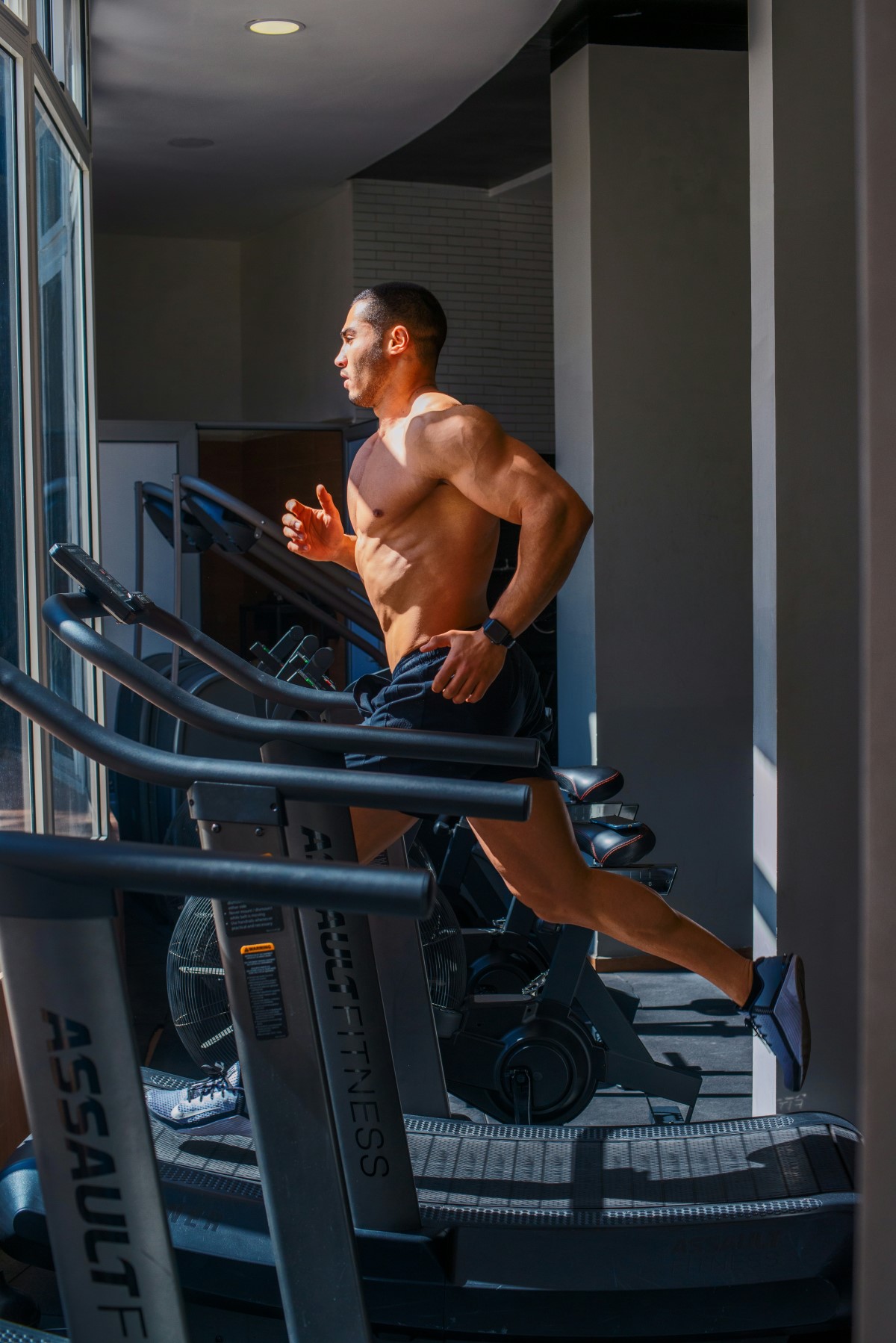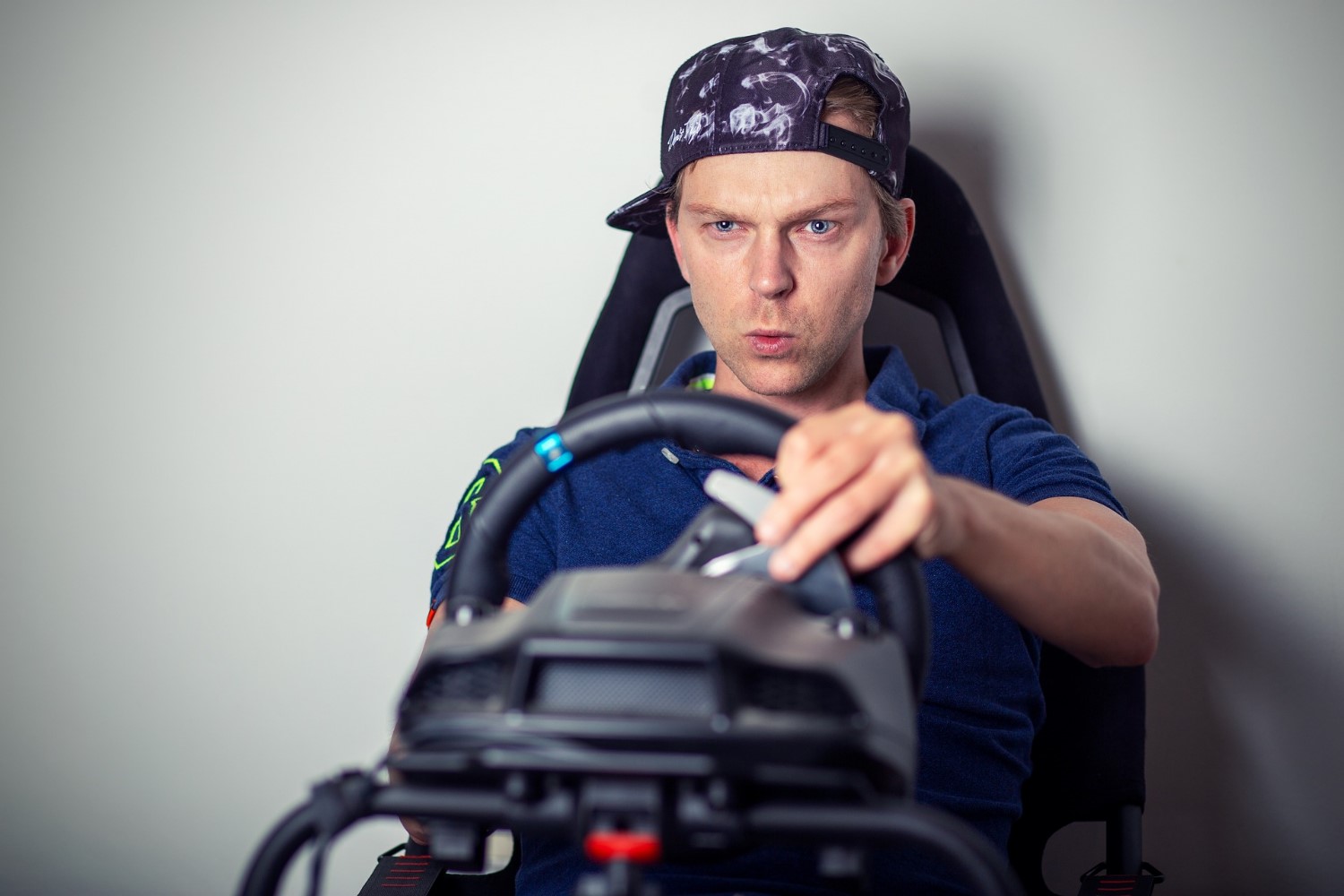How Race Car Drivers Cope with the Off-Season Wait
For most people, the end of a racing season (off-season) is merely the final chord in the competition calendar a time to sum things up and switch to other sports. But for professional race car drivers, and devoted fans, speed is more than a hobby; it’s a way of life.
When the final flag drops, another, less visible but equally important phase begins — the off-season. It’s a time of silence, without the roar of engines, the tension of the starting line, or the adrenaline of the final laps. For some, it’s a chance to rest; for others — a period of self-improvement and preparation for new challenges.
It’s important to understand that this is not “empty” time. The off-season is a phase where future success is forged. It requires special discipline, planning, and the ability to cope with waiting. How exactly do racers go through these weeks and months without tracks? How do they stay in shape and maintain their focus? The answers lie in this article.
Maintaining Physical Fitness and Discipline
One of the top priorities for any racer during the off-season is staying physically fit. Although races are temporarily on hold, the strain on the body doesn’t diminish — it simply takes a different form. Formula 1, rally, NASCAR, or any other series demands that drivers be in peak physical condition. Most racers incorporate aerobic exercise, strength training, and cardio into their workout routines.
For example:
- Cardio training — running, cycling, and rowing to strengthen the cardiovascular system.
- Strength training — especially for the neck, forearms, back, and core, which endure maximum overload during races.
- Coordination and reaction — special drills using balls, light panels, and training devices.
Some drivers even use gaming platforms or themed resources to distract themselves while simultaneously enhancing attention and reaction speed. The blog SpeedAU, dedicated to online casinos and gambling entertainment, is often mentioned as a method of mental reboot and focus training. These methods don’t replace physical workouts but complement them, allowing racers to sharpen their concentration in an unusual setting.

Working in Simulators and Technical Preparation
Modern technology has radically transformed the way racers prepare. In the off-season, simulators become a full-fledged substitute for the race car. Virtual tests allow drivers not only to maintain their driving skills but also to test changes in car setup. This is especially relevant in Formula 1, where technical progress never stops — not even for a day.
Teams provide drivers access to sophisticated simulators that model vehicle physics, tire characteristics, and even weather conditions. In this way, drivers can:
- Test new aerodynamic solutions;
- Adapt to the layouts of new tracks;
- Collaborate with engineers.
The website Formula1.com frequently publishes materials on technical innovations, helping drivers stay up to date with current trends. Many racers also take part in virtual championships, which helps them stay sharp and maintain a competitive rhythm. Thus, even without real racing, technical development continues — albeit in a digital format.
Psychological Resilience and Mental Training
Waiting can be challenging not so much physically, but psychologically. The absence of races, constant pressure from the team and fans, media speculation — all of it affects the drivers’ mental state. It’s no coincidence that more and more racers work with psychologists and mental coaches.
Here’s what they do:
- Meditation and breathing exercises — help manage stress and remain calm.
- Visualization — playing out race scenarios in the mind trains the brain to respond correctly in complex situations.
- Working through anxiety — especially relevant for drivers whose contracts for the next season are not yet confirmed.
The environment plays an important role. Some drivers prefer to spend this time with family, in solitude, or traveling. Others stay close to the team base, participating in events and public initiatives. The key is to prevent burnout and maintain self-confidence. After all, a calm mind is the foundation for quick reactions on the track.
Media Activity and Public Image
The off-season is a great opportunity for a driver to strengthen their media presence. Although there are no races, public interest in racers remains. Successful drivers use this time to:
- Appear in commercials;
- Give interviews;
- Take part in podcasts and talk shows;
- Stay active on social media.
For example, Lando Norris runs a popular Twitch channel, and Charles Leclerc releases music tracks. This helps them stay in the spotlight, build a personal brand, and attract sponsors. Moreover, strong media activity is another way to prove oneself to the team. This is especially important for young drivers and reserves competing for a main seat.
Drivers also often participate in charity events, which not only positively affect their reputation but also bring real benefits to society. Thus, the off-season becomes not a “dead” period, but an active phase of image building.
Participation in Other Disciplines and Hobbies
Some racers don’t limit themselves to one championship. The off-season is a chance to try out other motorsport disciplines. For instance, Fernando Alonso has participated in endurance races, while Sébastien Loeb has switched between rally and cross-country racing. This not only broadens their perspective but also allows them to maintain their skills under real competitive conditions.
Beyond motorsport, racers also enjoy other hobbies:
- Surfing;
- Skiing;
- Golf;
- Flight simulators and drone racing.
Hobbies help take the edge off the pressures of elite sports, maintain balance, and bring enjoyment. Some drivers even enroll in university courses or develop business projects. Such multifaceted engagement makes them not only physically but also emotionally resilient.
Team Collaboration and Preparation for the New Season
The off-season is also a time for active communication with the team. Despite the absence of races, engineers and managers continue working. Drivers attend meetings, discuss technical reports, and review car updates.
Special attention is paid to:
- Analyzing past season mistakes;
- Telemetry data reviews;
- Adjusting driving style.
Such analysis allows not only the retention of skills but also the formulation of strategies for upcoming races. Additionally, drivers undergo medical exams, fitness tests, and psychological assessments to determine how prepared they are for the upcoming workload.
Teams, in turn, use this time to strengthen interaction with the drivers: team-building activities, training camps, and strategic seminars help build a cohesive team ready to fight for the title. Without this, even the most talented driver cannot succeed in such a technically complex and team-oriented discipline as motorsport.
Conclusion
The wait between seasons is not rest, but a hidden phase of preparation that demands no less effort from the driver than the races themselves. Physical fitness, mental resilience, simulator work, media engagement, broadening horizons, and tight teamwork — all of these form a solid foundation for a successful start to the new season. A driver who uses this time wisely gains an advantage: entering the season not just prepared, but energized, confident, and results-driven. The off-season doesn’t hinder progress — on the contrary, it defines who will be in front when the lights go green.
